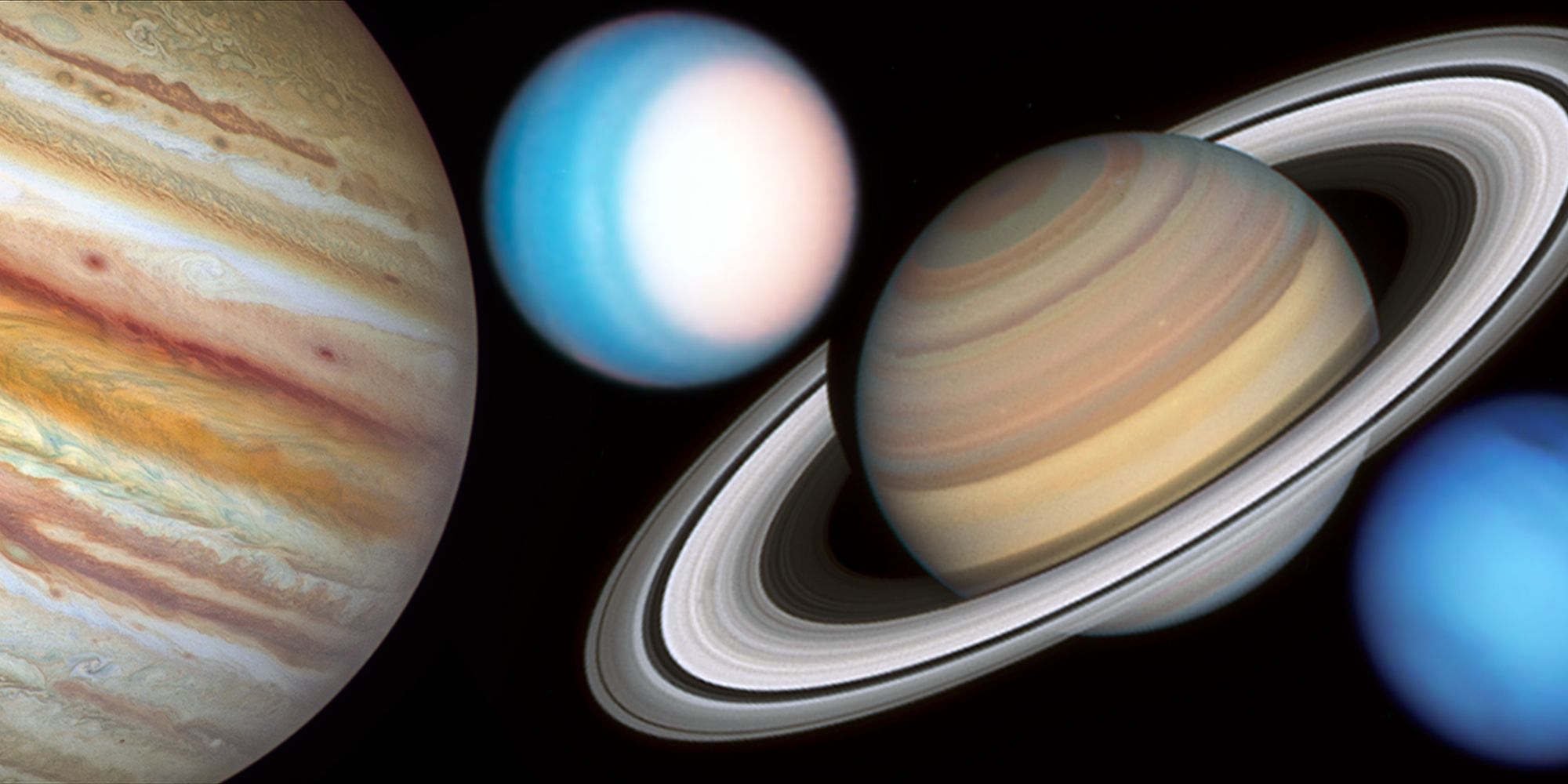We now know that other planets have rings but saturn s are the only ones that are visible from earth even with a small telescope

We Now Know That Other Planets Have Rings, but Saturn’s Are the Only Ones Visible from Earth Even with a Small Telescope

Introduction
The wonders of the universe continue to astound us as our knowledge about other planets deepens. One fascinating fact that has recently come to light is that other planets besides Saturn have rings encircling them. However, what sets Saturn apart is that its rings are the only ones visible to us from Earth even with a small telescope. In this article, we will delve into the reasons for this phenomenon and explore the captivating world of planetary rings.
Understanding Planetary Rings

Planetary rings are celestial features made up of countless particles, ranging in size from tiny dust grains to large boulders. These rings surround several planets in our solar system, including Jupiter, Uranus, and Neptune. These rings form when gravitational forces from nearby moons or other celestial bodies fracture or disrupt smaller objects such as asteroids or moons, creating a vast ring of debris around the planet.
Saturn’s Unique Rings
While it is true that other planets possess rings, Saturn stands out due to the sheer size and visibility of its magnificent ring system. When we gaze at the night sky with even a small telescope, the dazzling rings of Saturn are prominently visible. This phenomenon is due to various factors and characteristics unique to Saturn.
Size and Composition
Saturn’s rings are composed of countless icy particles ranging in size from micrometers to meters. The rings are remarkably wide, extending up to thousands of kilometers from the planet. The immense size of Saturn’s rings allows them to reflect a significant amount of sunlight, making them sufficiently bright to be observed from Earth.
Optimal Angle of Inclination
The angle at which a planet’s ring system is inclined affects its visibility from Earth. Saturn’s rings are inclined at an angle of approximately 27 degrees relative to Earth’s orbital plane. This specific tilt enables an extraordinary perspective for observers on our planet, making the rings visible even with basic telescopes. In contrast, the rings of other planets have inclinations that are not as favorable for Earth-based observation.
Ring Opacity and Color
The opacity and color of a planet’s rings also impact their visibility. Saturn’s rings are relatively translucent, allowing light to pass through them, enhancing their visibility. Additionally, Saturn’s rings possess a delicate, pale hue, making them more distinguishable against the backdrop of space. The rings of other planets, on the other hand, may be more opaque or have different colors, making them less perceptible to Earth-bound observers.
Conclusion
While planets like Jupiter, Uranus, and Neptune boast their own set of magnificent rings, Saturn’s rings hold a special place in our hearts and telescopes. Their immense size, optimal angle of inclination, and unique opaqueness set them apart from their celestial counterparts. The ability to witness Saturn’s rings with a small telescope serves as a reminder of the beauty and grandeur of our vast universe.
Sources:
Tags
Share
Related Posts
Quick Links
Legal Stuff

